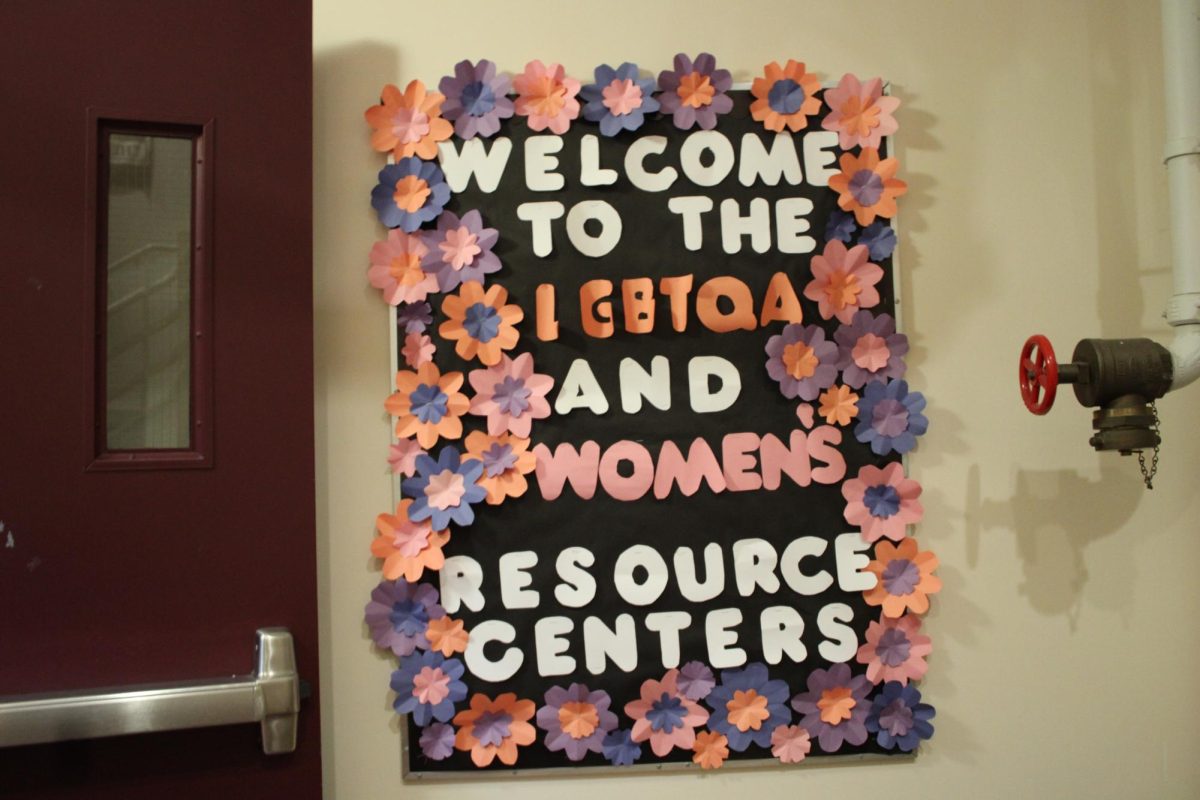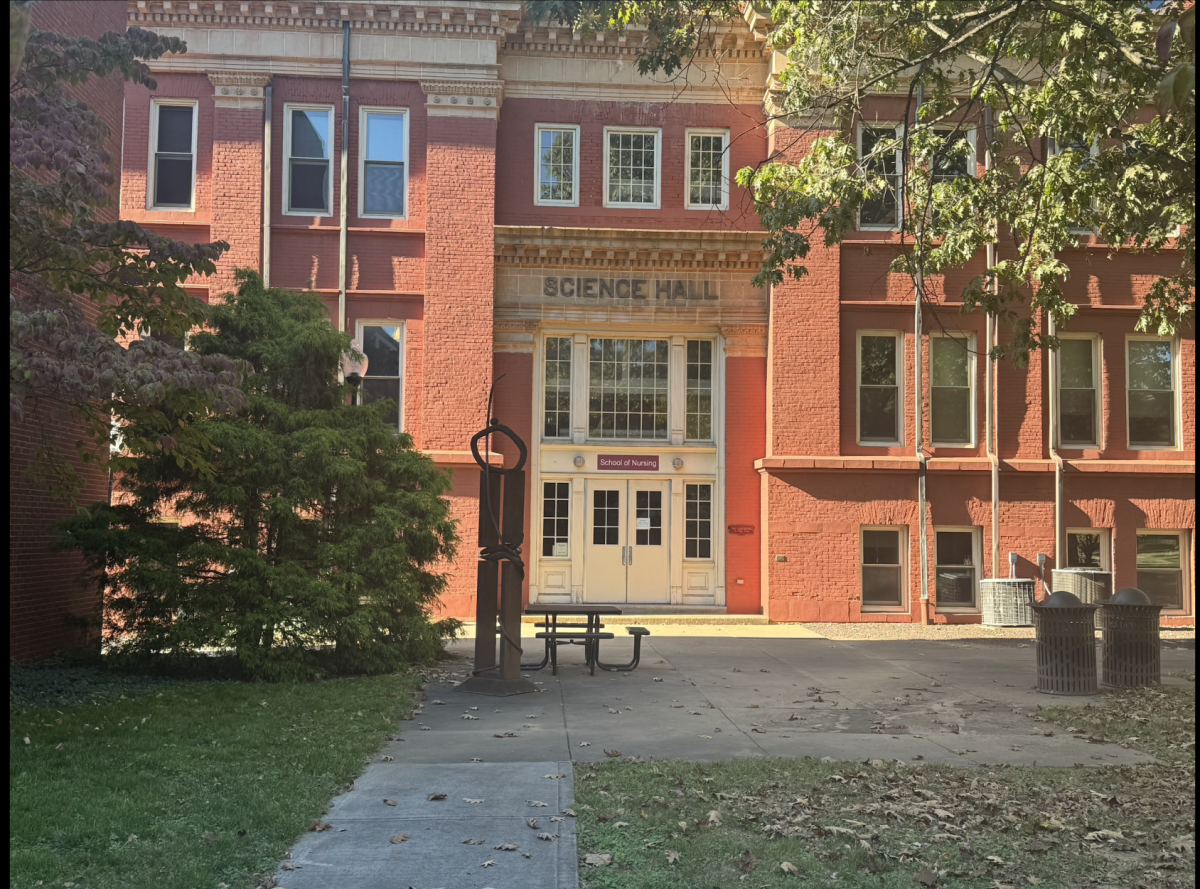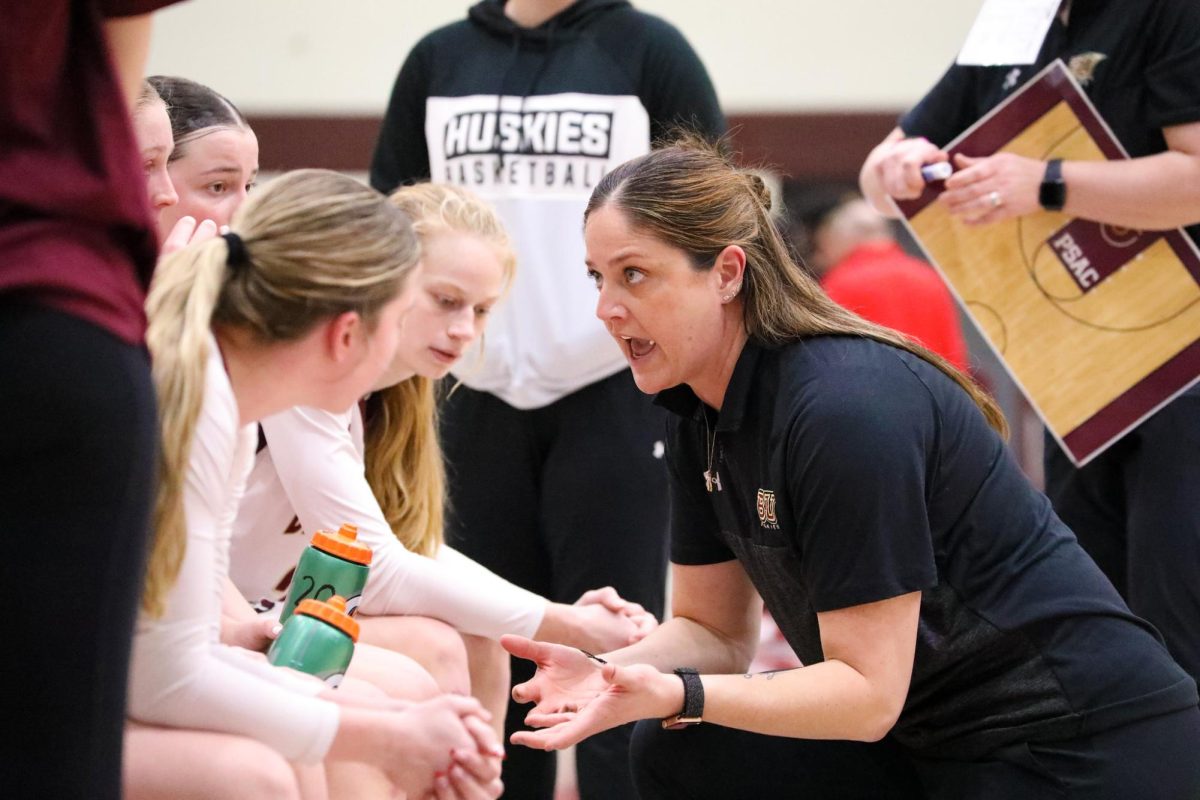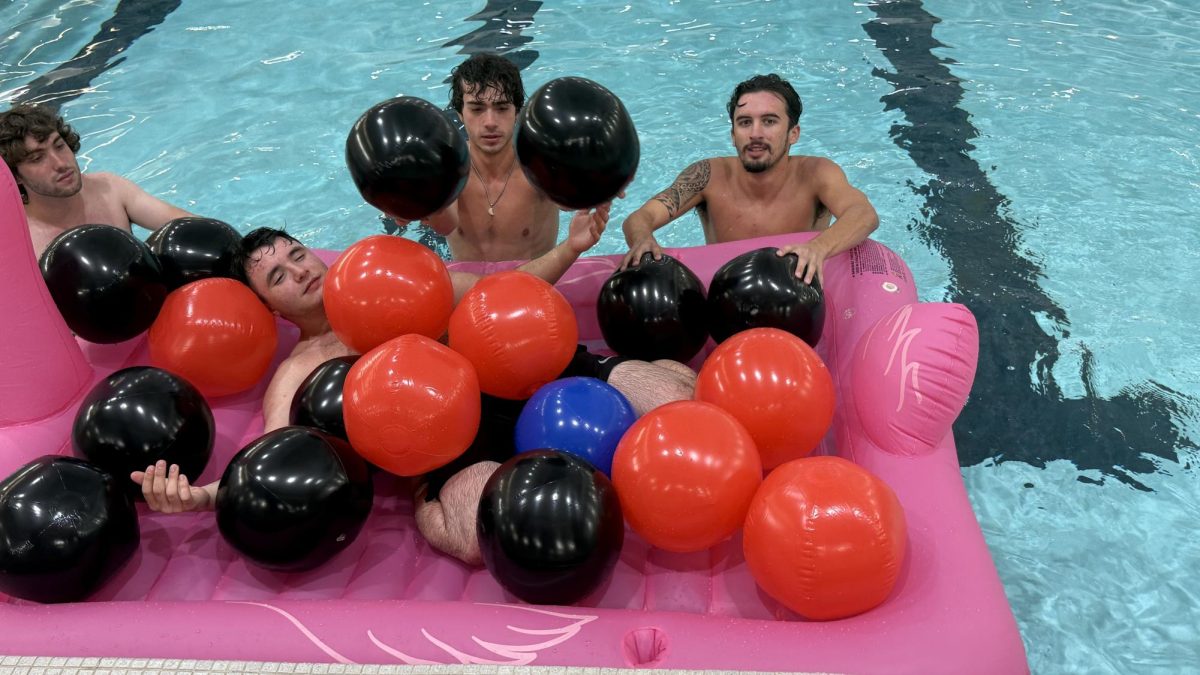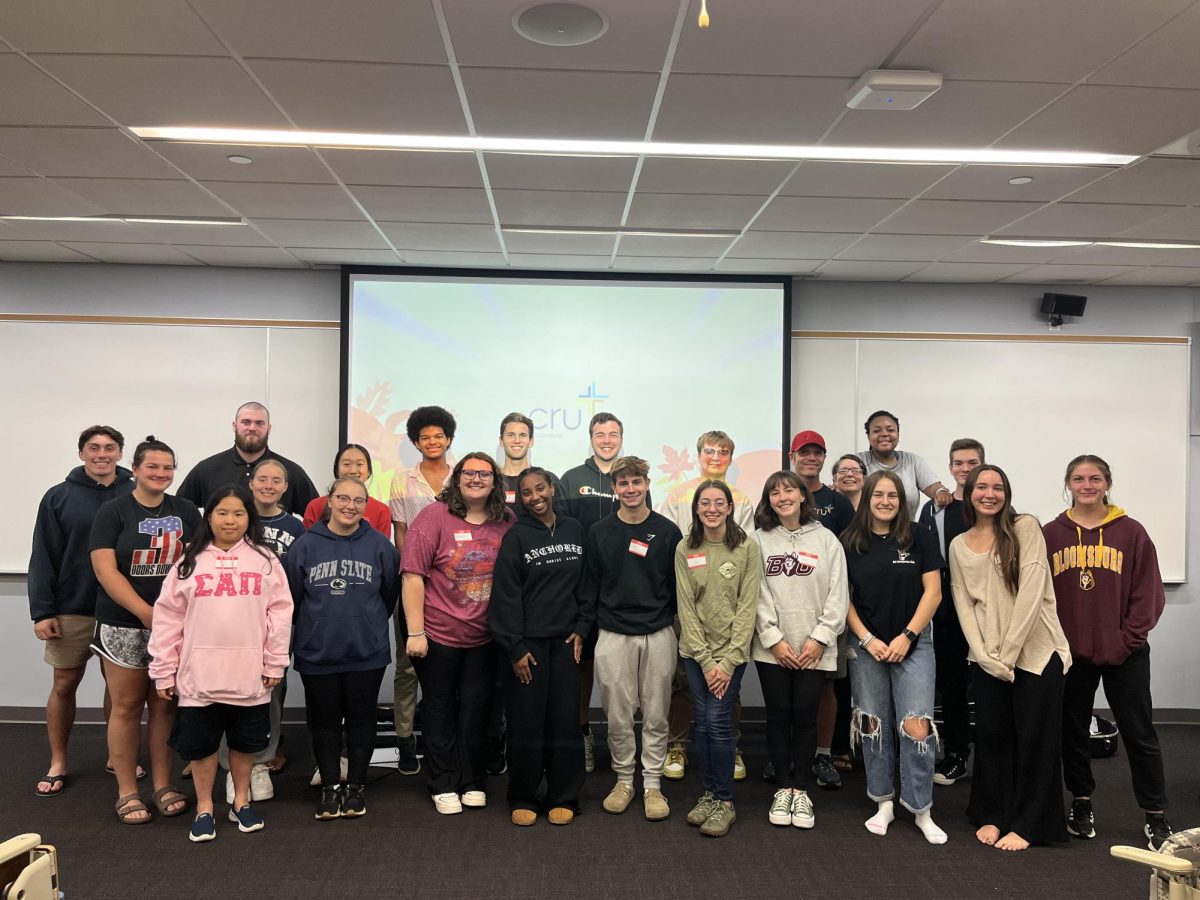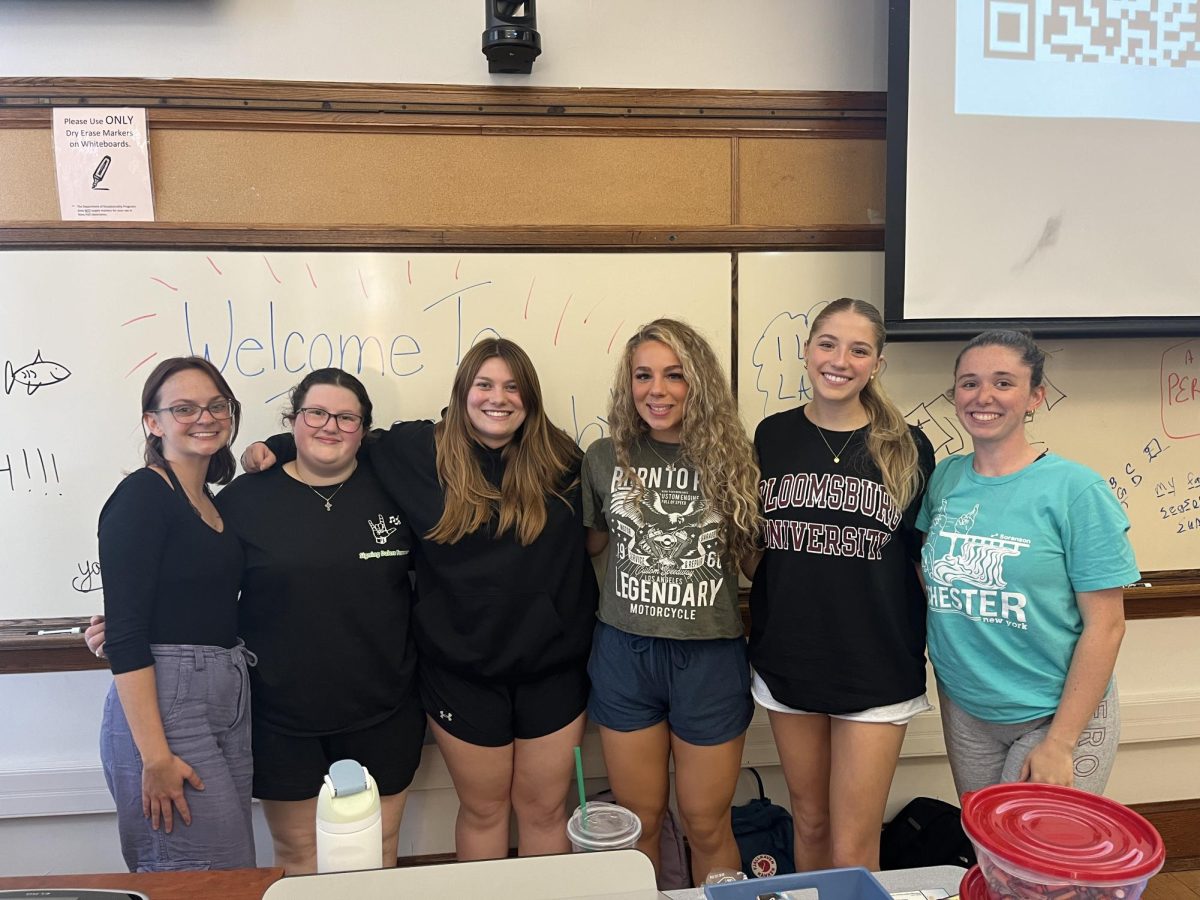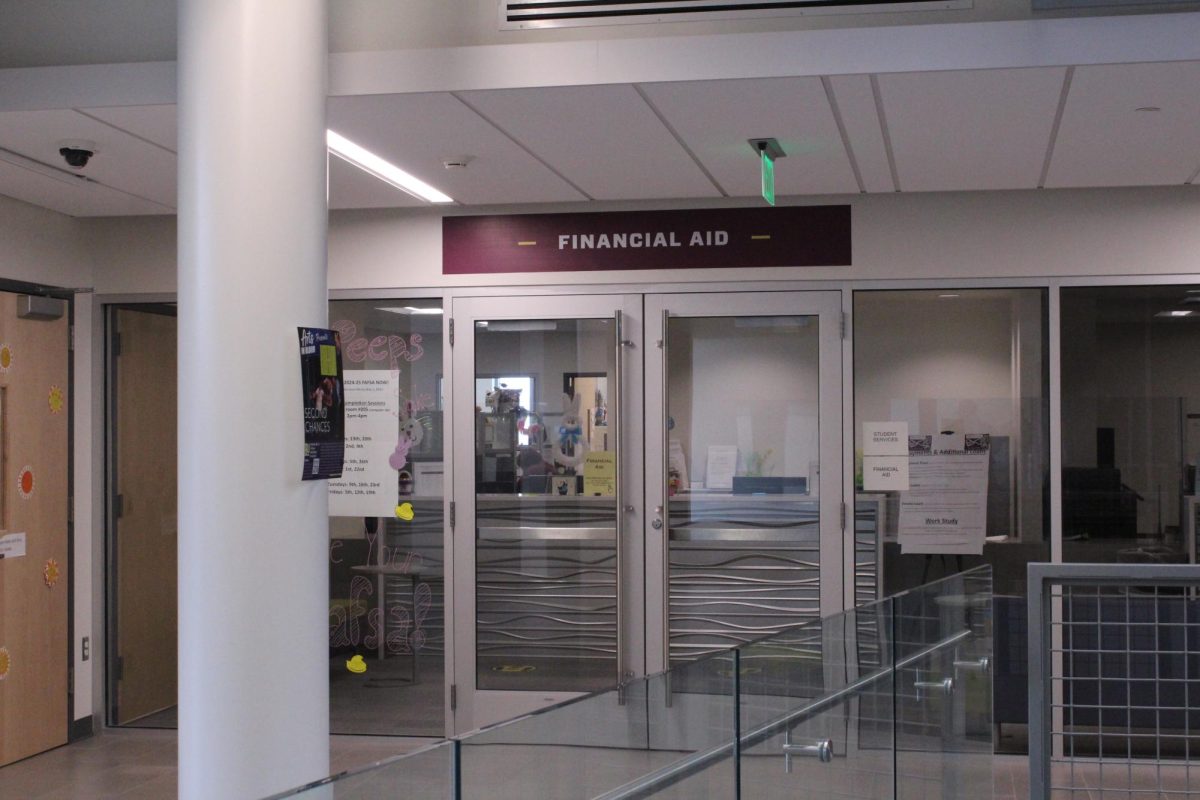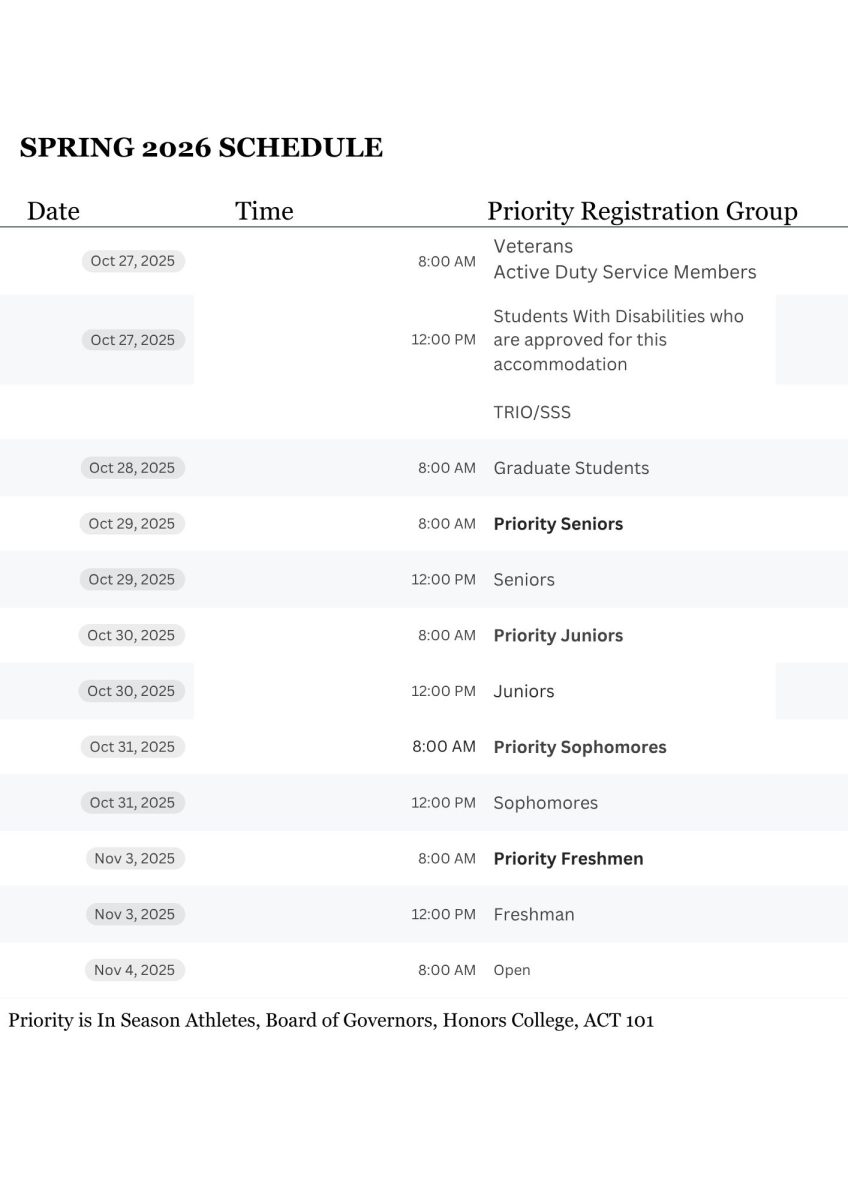With the forecasted $7.1 million deficit reaching a reality of $10.4 million, Commonwealth University administration does not display much surprise as the rest of the community has. The overall process of recovery has been planned to take years of time says the CU administration.
Administration unfazed
“The reaction, like President Hanna said, was not a surprise. We knew going into [that] it would be a multi-year process”, said Dan Knorr, Director of External and Government Relations at Commonwealth University, in an interview on Monday, Mar. 18.
Knorr continued to share that it is about a five year process because the mix of enrollment increasing, resizing and facilities management. “It is going to take time”, he elaborated.
Recovering from expenses is a “constant effort”, emphasized Knorr. The administration is constantly making hard decision of what expenses they need for the year and on, especially if they do not need that service anymore. “It is important to ask this [hard] questions”, said Knorr.
Funding expenses and revenue
Roughly 30% of the funding for the university is supplied by the state, according to Knorr, which leaves the rest for the university to cover. The state colleges rely on requesting more money each year from the state and the most recent request was for a 6.5% increase.
Knorr elaborated on their “aggressive” strategy in sourcing funding. The strong relationship between university and state government allow for support of frozen tuition rates. This consistent funding along with constant support from donors play important roles.
According to the PASSHE 2024/25 Appropriations Request & Accountability Report, provided by Knorr:
“For Fiscal Year 2024-25, PASSHE is requesting an Education and General (E&G) appropriation of $623.7 million, a $38 million or 6.5% increase over the current fiscal year. The appropriation request reflects the objective of freezing the basic in-state undergraduate tuition rate for another year while acknowledging the State System’s increasing costs due to current and projected inflation.”
Big sources to increase revenue are donors such as the recent honors college, nursing, and media department donations, said Knorr. Alumni and other donors play a huge impact on current students and other members of all three integrated campuses.
What does all of this mean?
With the lack of surprise to the administration of this deficit, recover is in the future in their eyes. To finance the remaining costs, the institution continues to heavily uses their “aggressive” plan to raise funds through a variety of routes, including increasing state requests with other state universities, frozen tuition rates, and donations from alumni and other contributors.
If CU continues to encounter financial difficulties, there may be pressure for all to raise tuition or impose new fees to meet expenses if the external revenue does not come through. This may make education and university life more expensive for students. Financial constraints may have an impact on educational quality if resources for faculty employment, facility maintenance, or technology upgrades are limited.
This underlines the value of diversifying revenue streams in order to avoid reliance on a single source of income. Exploring alternatives for relationships, grants, charitable donations, and other sponsorships can help to reduce financial risks and improve the current slipping financial stability.


